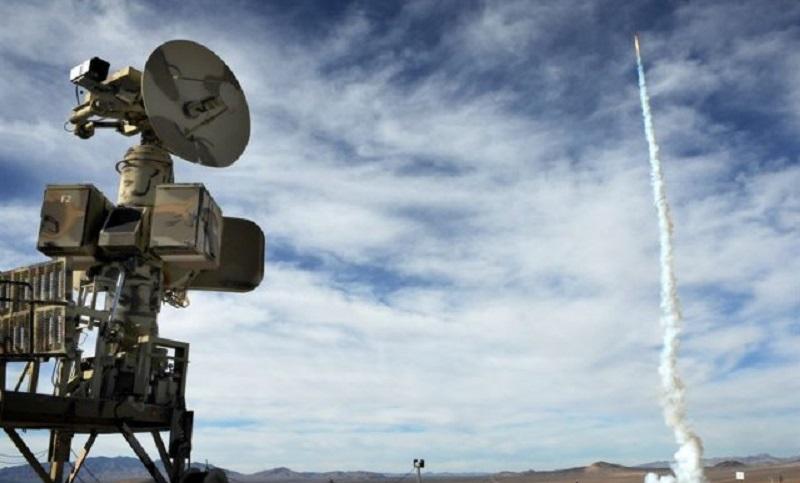Lockheed Martin Missiles and Fire Control, Grand Prairie, Texas has been awarded a contract modification valued at over $130,527,339 by the U.S. Department of Defense for the existing Advanced Radar Threat System – Variant 2 (ARTS-V2) development contract. The contract modification is to provide for the exercise of Options Three and Four for an additional quantity of eight ARTS-V2 systems being produced under the basic contract. Work will be performed in Grand Prairie, Texas, and is expected to be completed by June 16, 2024. Fiscal 2021 and 2022 other procurement funds are being obligated at the time of award. The total cumulative face value of the contract is $589,806,917. Air Force Life Cycle Management Center, Hill Air Force Base, Utah, is the contracting activity.
The ARTS-V2 system is a mobile advanced radar system intended to train U.S. Air Force joint-strike fighter pilots to operate safely in hostile areas guided by modern radar-guided surface-to-air missiles. The radar is a ruggedized mobile system designed to emulate radar-guided surface-to-air missile threats like the Russian-made SA-10, SA-12, and SA-20, which are built to strike at everything from low-flying drones and stealth cruise missiles to high-altitude reconnaissance airplanes and distant sensor platforms. The SA-10 is designed to shoot down jet fighter aircraft like the F-35 and earlier-model combat jets. The SA-12 is for shooting down tactical ballistic missiles, and similar to the U.S. Patriot missile. The SA-20, meanwhile is an advanced development of the SA-12.
Lockheed Martin will build the ARTS-V2 to provide threat-representative radar tracking and reaction such as acquiring, tracking, and engaging several aircraft simultaneously. The system will emulate advanced anti-aircraft missile radiated power, threat signals, antenna patterns, operational modes, and threat tactics, and can send real-time radar data to the Digital Integrated Air Defense System (DIADS)-controlled threat environment at the Range Control Center (RCC). ARTS-V2 will provide multi-spectral threat representation. ARTS will provide the advanced capabilities necessary to train aircrews in the employment of F-35 aircraft against foreign fielded live double-digit surface-to-air missile threat systems.
On Sept. 28, 2020, members from Dyess Air Force Base, Texas, supported the evaluation of the Advanced Radar Threat System Variant 2 to improve the site’s ability to provide ‘real-world’ airpower threat-reaction training for aircrews to ensure the survivability of personnel and equipment in actual battle situations. The demonstration at Snyder ESS assessed the search, acquisition, targeting and tracking capabilities of the ARTS V2 mobile threat training system. The system used an internal test and evaluation method to test onboard systems followed by a test in which the operators used targets of opportunity to further evaluate the effectiveness. The primary customers of this site include aircrew who operate the B-1B Lancer, B-2 Spirit, B-52 Stratofortress, C-130J Super Hercules, F-16 Fighting Falcons, F-22 Raptors, F-35 Lightning II and E-3 Sentry aircraft.















